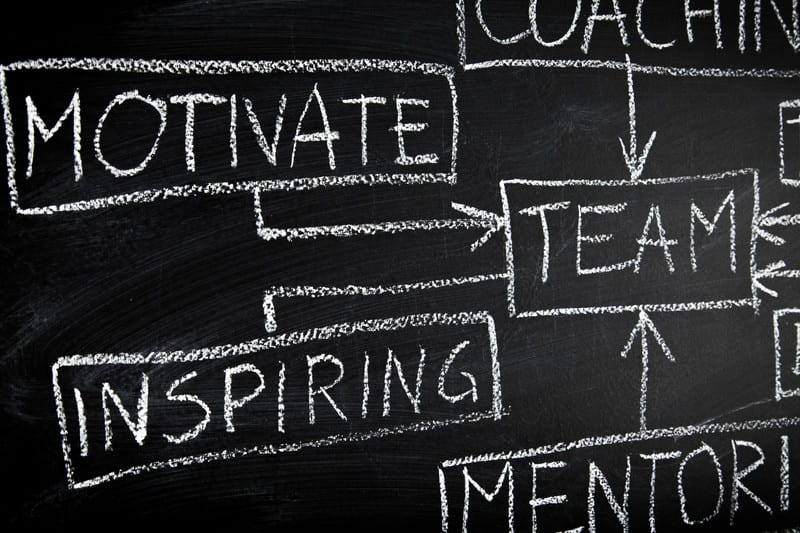How can an organization with a large, on-the-road workforce integrate learning and development into their team’s day-to-day goals? If team members spend more time behind the wheel than behind their desks, field service leaders can find it difficult to organize team-building and training exercises known to boost productivity and employee morale. Videojet Technologies, a global manufacturer of and coding equipment, has a few solutions. SmartVan spoke with Carl Chaplin, a customer service engineer at Videojet, about how his team maintains their cohesion and stays highly engaged as they problem-solve in the field:
What does a typical day in the life of a customer service engineer at Videojet look like?
Carl Chaplin: There are about ten customer service engineers on my team, and we are divided up to cover various territories in the Chicago area. On a typical day, our dispatcher will send us our schedule of service calls, and we are dispatched from our houses. While there are occasions when we need to stop by headquarters to pick up parts or collaborate with other departments, we rarely go into the office. Mainly, we travel between five and 40 miles every day to provide service to our customers.
What characteristics are important for successfully answering multiple service calls per day?
 Confidence and a positive outlook are very important for solving the various problems that come up on service calls throughout the day. For me, mental preparation is key. I try to always put myself in the frame of mind that, when I walk out of the customer’s door, they will be satisfied with the work I have done.
Confidence and a positive outlook are very important for solving the various problems that come up on service calls throughout the day. For me, mental preparation is key. I try to always put myself in the frame of mind that, when I walk out of the customer’s door, they will be satisfied with the work I have done.
How does your manager instill problem- solving processes and confidence on your team?
We have a rigorous training schedule at Videojet to ensure our knowledge of products is up to date as well as the latest tools and techniques to diagnose and solve any problems that come up when we are at a customer’s facility. It’s that knowledge of both product and process that keeps our confidence levels high when walking through the customer’s door. My team also meets twice a month in person or on a conference call to practice role-playing and to walk through various customer scenarios and situations. As a team, we discuss the best ways to handle those issues so we all learn from each other’s experience and perspective. .
Do you have examples of how organized training helped to solve a customer problem?
Part of our training is centered on making sure that we have defined the problem correctly. To do that, you have to get to where each issue resides to solve that larger problem. I remember one instance where our problem-solving training was especially useful. Awhile back, we had a customer who had a billing issue that they were unhappy about. Rather than trying to resolve it over the phone, we felt that meeting with the customer in person would be the best way to understand what was happening and help solve the problem. Before walking into the meeting, we met as a team to make sure we had done the work to better understand any issues on our end. Then when we met with the customer, instead of getting defensive or trying to explain everything up front, we listened to the customer’s feedback without interjecting. We simply listened and took notes. Understanding the true problem often means looking at it from more than one point of view.
Once the customer had the opportunity to give us all the details, we had a much better understanding of the issues and that lead to a much better conversation. We implemented a solution that solved the problem and worked well for the customer. As a result we have been able to keep a strong relationship at that company and have a better understanding as a team on how to respond to customer questions that are outside of our normal service calls.

Share this: